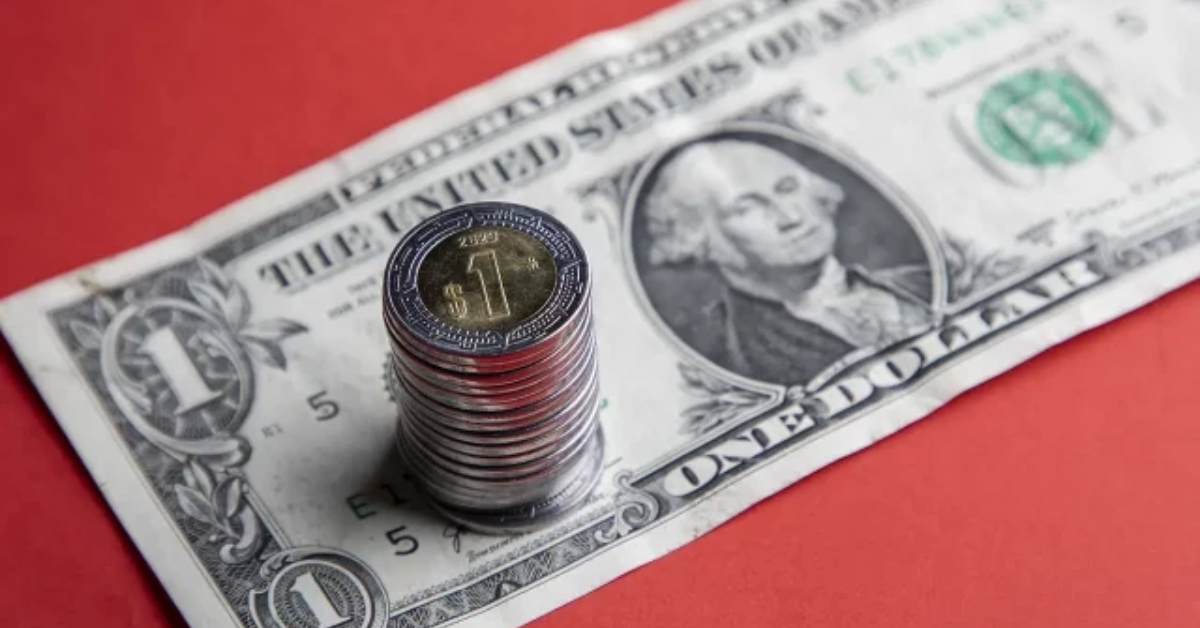Puerto Vallarta, Mexico – The Mexican peso gained ground against the US dollar on Thursday morning, reaching its strongest level so far this year. Lower-than-expected US producer price data added fuel to market bets that the Federal Reserve (Fed) may cut interest rates sooner than anticipated, bolstering emerging-market currencies like the peso.
Peso Appreciation In early trading, the spot exchange rate stood at 20.0942 pesos per dollar, compared to 20.1797 at Wednesday’s official closing price at the Bank of Mexico (Banxico). This rise of 8.55 cents, or 0.42%, highlights the positive performance of the Mexican currency. During the session, the dollar’s price moved within a range between a high of 20.1989 and a low of 20.0894.
Meanwhile, the US Dollar Index (DXY), which gauges the greenback against a basket of six global currencies, inched up by 0.17% to 103.77 points, underscoring the complexity of foreign exchange trends amid evolving macroeconomic signals.
US Inflation Slows A key driver behind the peso’s advance was a fresh reading on the US producer price index (PPI). February data showed no monthly growth in producer prices, undershooting a consensus forecast of 0.3%. On a year-over-year basis, the PPI decelerated from 3.7% to 3.2%, marking the lowest level since July. This follows consumer price data released on Wednesday that also indicated weaker inflationary pressure than expected.
Analysts suggest these figures lend support to the outlook for potential Fed rate cuts. A more accommodative US monetary policy typically benefits currencies in emerging markets by increasing their relative attractiveness for yield-seeking investors.
Trade Tensions Cast a Shadow Despite the favorable environment, market experts warn that further volatility cannot be ruled out, largely due to the unpredictable nature of global trade disputes. President Donald Trump has threatened new tariffs on countries imposing retaliatory measures against US steel and aluminum levies.
“While the data supports expectations that the Fed has some more room to resume its interest rate tightening cycle midyear, uncertainty associated with trade tensions remains,” noted a report by financial institution Ve por Más.
Trump also warned of a possible 200% tariff on European alcoholic beverages, including wine and champagne, if the European Union does not repeal its tax on American whiskey—introduced in retaliation for the US tariffs on steel and aluminum.
With US inflation showing signs of easing, Mexico’s currency may continue to benefit from yield-driven flows. However, a turbulent international trade environment, heightened by the White House’s tariff threats, underscores the fragility of the peso’s recent gains. Market watchers will be closely monitoring policy signals from both the Fed and global leaders as the peso’s fortunes hang in the balance.
Puerto Vallarta, Mexico - The Mexican peso gained ground against the US dollar on Thursday morning, reaching its strongest level so far this year. Lower-than-expected US producer price data added fuel to market bets that the Federal Reserve (Fed) may cut interest rates sooner than anticipated, bolstering emerging-market currencies like the peso.











